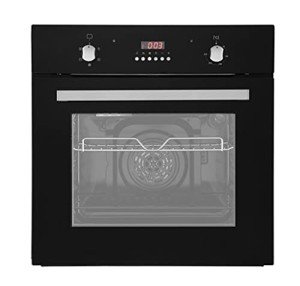How Built In Range Has Transformed My Life The Better

Comprehending the Built-In Range: A Deep Dive Into One of one of the most Versatile Programming Features
The built-in function range() is among the most typically used functions in programming, especially in Python. Its simpleness and flexibility make it an important tool for designers, engineers, and information researchers alike. In this article, we will check out the essential aspects of the built-in range function, its syntax, use cases, and some practical examples to assist you utilize its power in your coding undertakings.
What is the Built-In Range?
In Python, the range() function produces a series of numbers. It is frequently utilized for iteration, especially within loops, enabling developers to carry out a block of code a particular number of times without by hand specifying each version.
Syntax of the Range Function
The range() function can take one, 2, or three arguments, and its basic syntax is as follows:
range( start, stop, action).
start: The beginning point of the series (inclusive). If left out, it defaults to 0.
stop: The endpoint of the series (special). This argument is needed.
action: The difference in between each number in the series. If omitted, it defaults to 1.
Examples of Using Range.
Fundamental Usage: Using range() in an easy for loop to print numbers from 0 to 4:.
for i in range( 5 ):.
print( i).
Output:.
0
1.
2.
3.
4.
Specifying a Start and Stop: You can define both a starting point and an endpoint:.
for i in range( 2, 6):.
print( i).
Output:.
2.
3.
4.
5.
Using a Step Value: The step parameter allows you to manage the increments:.
for intergrated oven in range( 0, 10, 2):.
print( i).
Output:.
0
2.
4.
6.
8.
Counting Backwards: The action can also be negative, allowing for counting down:.
for i in range( 5, 0, -1):.
print( i).
Output:.
5.
4.
3.
2.
1.
Practical Applications.
Repeating Over Lists: While utilizing range() is common in for loops, it can also work for iterating over the indices of a list.
fruits = [' apple', 'banana', 'cherry'] for i in range( len( fruits)):.
print( f" i: fruits [i] ").

Output:.
0: apple.
1: banana.
2: cherry.
Developing Number Sequences: The function is helpful for producing series of numbers, which you might require for algorithms or information control.
number_list = list( range( 10, 21)).
print( number_list).
Output:.
[10, 11, 12, 13, 14, 15, 16, 17, 18, 19, 20] List Comprehensions: range() works magnificently with list understandings for more condensed expressions.
squares = [x ** 2 for x in range( 5)] print( squares).
Output:.
[0, 1, 4, 9, 16] Conclusion.
The built-in range function is a basic feature in Python that supplies an easy method to create sequences of numbers, which can be utilized for a range of programming tasks. Whether you are working on loops, producing lists, or implementing algorithms, comprehending how to make use of range() is important for reliable Python coding. As you continue to check out the language, you'll unquestionably find brand-new ways to take advantage of this effective tool, making your programs tasks more effective and streamlined.
